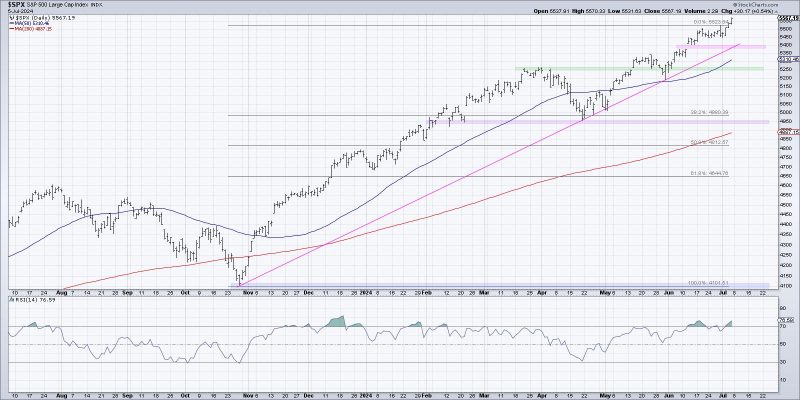Navigating the Ups and Downs of a Summer Market
When navigating a summer market, it is essential to understand the various factors that influence the market trends and how they can impact your investment decisions. To help you make informed choices, it is important to have a clear understanding of the chart that outlines the key indicators to watch out for when trading during the summer months.
1. Market Sentiment
One of the most critical factors to consider when navigating a summer market is market sentiment. Market sentiment refers to the overall feeling or attitude of investors towards the market. In the summer months, market sentiment can be influenced by a variety of factors, such as economic data releases, geopolitical events, and changes in interest rates. Monitoring market sentiment can help you gauge the level of investor confidence and determine whether the market is likely to go up or down.
2. Seasonal Trends
Another important factor to consider when trading in a summer market is seasonal trends. Historically, the summer months tend to be characterized by lower trading volumes and increased volatility due to factors such as vacations and reduced market participation. It is crucial to be aware of these seasonal trends and adjust your trading strategy accordingly to capitalize on potential opportunities or mitigate risks during the summer months.
3. Technical Analysis
Technical analysis is a key tool that can help you navigate a summer market effectively. By analyzing price charts, patterns, and indicators, you can identify potential entry and exit points for your trades. Technical analysis can also help you determine support and resistance levels, trend directions, and key price levels to watch out for in the market. Using technical analysis in conjunction with other factors can provide you with a comprehensive view of the market and help you make better-informed trading decisions.
4. Fundamental Analysis
In addition to technical analysis, fundamental analysis is another crucial aspect to consider when navigating a summer market. Fundamental analysis involves evaluating the intrinsic value of an asset by analyzing economic, financial, and qualitative factors that can impact its price. Factors such as interest rates, GDP growth, corporate earnings, and geopolitical events can significantly influence market trends during the summer months. By conducting thorough fundamental analysis, you can gain a deeper understanding of the market dynamics and make more informed investment decisions.
5. Risk Management
Risk management is a vital component of successful trading in a summer market. It is essential to have a well-defined risk management strategy in place to protect your capital and minimize potential losses. By setting stop-loss orders, diversifying your portfolio, and adhering to proper position sizing, you can effectively manage risk and safeguard your investments during the summer months. Remember that trading in a summer market can be unpredictable, so it is crucial to be prepared for various scenarios and adjust your risk management strategy accordingly.
In conclusion, navigating a summer market requires a comprehensive understanding of various factors that can influence market trends and impact your trading decisions. By paying attention to market sentiment, seasonal trends, technical and fundamental analysis, and implementing effective risk management strategies, you can navigate the ups and downs of a summer market successfully. Stay informed, remain adaptable, and stay disciplined in your trading approach to capitalize on opportunities and manage risks effectively during the summer months.
